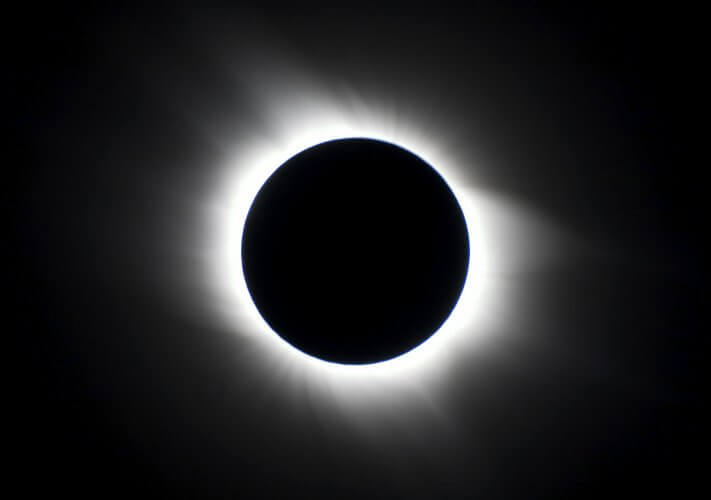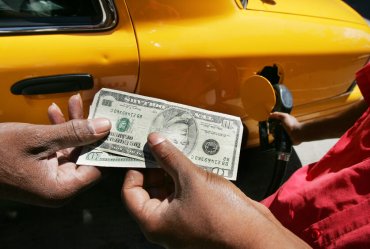
The last eclipse of 2013 occurs this coming weekend on Sunday, November 3rd. The second solar eclipse of 2013, this eclipse is of the rare hybrid variety— that is, it will be an annular eclipse (an eclipse of the sun in which the edge of the sun remains visible as a bright ring around the moon).
Hybrid solar eclipses are extremely rare – of the 11,898 solar eclipses listed over a 5,000 year period (1999 BC to 3000 AD) in the Five Millennium Catalog of Solar Eclipses, only 569, or 4.8% are hybrids.
People from northern South America, across the U.S. Eastern Seaboard and up through the Canadian Maritimes (Eastern Canada) will see a brief partial solar eclipse concluding about 30 minutes after local sunrise. The annular “ring of fire” slice of the eclipse begins at sunrise about 1,000 kilometers east of Jacksonville, Florida, as it sprints eastward sweeping across the Atlantic.
How to Watch a Partial Solar Eclipse Safely
Remember that solar safety is very important while observing an eclipse during all partial phases. Since looking directly at the sun can lead to permanent eye damage or blindness, special eye protection or indirect viewing techniques should always be followed when observing a solar eclipse.
Fortunately, there are several ways to safely watch the event; consider these techniques as insurance to protect your vision:
- Pinhole projection – viewing the sun’s image projected onto a piece of paper. Poke a small hole in an index card with a pencil point, face it toward the sun, and hold a second card three or four feet behind it in its shadow. The hole will project a small image of the sun’s disk onto the lower card as it cycles through the phases of the eclipse.
- Projection with binoculars or a telescope. This technique produces a much sharper and bigger sun image. To aim the instrument safely, view its shadow on a white card as you move the tube around. (Don’t use your finder scope — make sure the front end is covered or removed completely.) When the scope’s shadow nears its minimum size, a dazzling beam of sunlight will burst out of the eyepiece and land onto the card.
- Direct viewing. If you want to look directly at the sun, you can use a square or rectangular arc-welder’s glass of shade #14 or darker, available for a few dollars from local welding-supply stores.
And it goes without saying, although you may be tempted to view the eclipse if you’re on the road driving, it’s not worth getting into an accident.
Count yourself lucky if you’re in position to view this event – the next hybrid eclipse won’t occur until November 14, 2031.
Remember, never look directly at the sun without using safe viewing methods.
How you ever seen an eclipse? Feel free to share your experience in the comments section.



